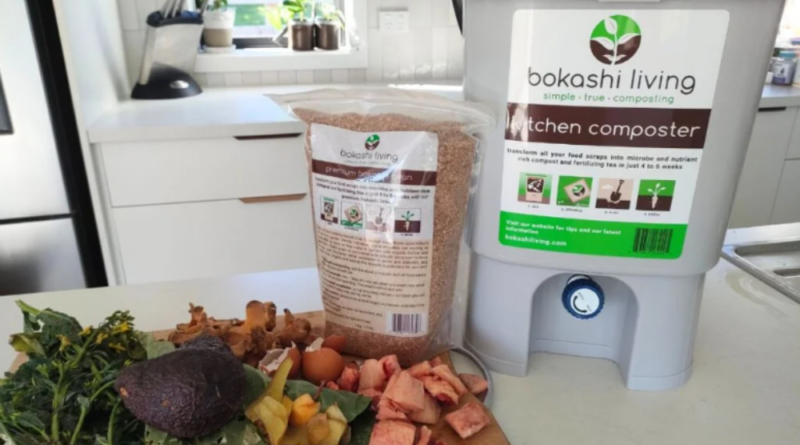Bokashi vs Compost: A Comprehensive Guide to Two Sustainable Practices
Introduction
Sustainable waste management is becoming increasingly important as we strive to reduce our environmental footprint. Two popular methods for managing kitchen scraps and organic waste are Bokashi and traditional composting. While both aim to recycle organic materials, they differ significantly in their processes, benefits, and drawbacks. This guide will explore the key differences between Bokashi vs composting to help you determine which method best suits your needs.
What is Bokashi?
Bokashi is a fermentation process that uses a specific blend of microorganisms, often referred to as Bokashi bran, to break down organic waste. The term “Bokashi” means “fermented organic matter” in Japanese. This method involves layering kitchen scraps with Bokashi bran in an airtight container, allowing the waste to ferment anaerobically for several weeks. The result is a nutrient-rich slurry that can be buried in soil or added to compost.
Benefits of Bokashi:
- Fast Fermentation: Bokashi can break down waste quickly, often within a few weeks.
- No Odor Issues: When done correctly, Bokashi fermentation produces minimal odor compared to traditional composting.
- Versatile Waste Types: You can compost a wider range of materials, including meat, dairy, and cooked foods, which are typically not suitable for traditional composting.
- Nutrient-Rich: The end product is high in beneficial microorganisms and nutrients, enhancing soil health.
Drawbacks of Bokashi:
- Requires Special Ingredients: Bokashi bran must be purchased, which can be an additional cost.
- Needs Space: You need space to store the Bokashi bucket while fermentation occurs.
- Not Complete Composting: Bokashi is a pre-composting method; the fermented waste needs to be buried or added to a compost pile to fully decompose.
What is Traditional Composting?
Traditional composting involves the aerobic breakdown of organic waste through the action of microorganisms in the presence of oxygen. This method typically requires a compost bin or pile where green materials (nitrogen-rich) and brown materials (carbon-rich) are layered and mixed. Over time, microorganisms break down the waste, resulting in nutrient-rich compost.
Benefits of Traditional Composting:
- Rich Soil Amendment: Finished compost is an excellent soil amendment that improves soil structure, moisture retention, and nutrient content.
- No Special Ingredients Needed: You can use readily available materials like kitchen scraps, yard waste, and cardboard without purchasing special additives.
- Widely Understood: Traditional composting has a long history and is familiar to many gardeners.
Drawbacks of Traditional Composting:
- Time-Consuming: Composting can take several months to a year for materials to fully decompose.
- Odor and Pests: If not managed properly, traditional composting can produce odors and attract pests.
- Limited Waste Types: Certain materials, such as meat and dairy, are generally discouraged in compost piles due to odor and pest issues.
Conclusion
Both Bokashi and traditional composting offer valuable ways to manage organic waste sustainably. Bokashi is a faster and more versatile method, allowing for a broader range of waste types, while traditional composting provides a rich soil amendment but may take longer. Ultimately, your choice between Bokashi and composting will depend on your specific needs, available space, and personal preferences. Whether you choose one method or incorporate both into your waste management practices, you’ll be contributing to a healthier planet.




